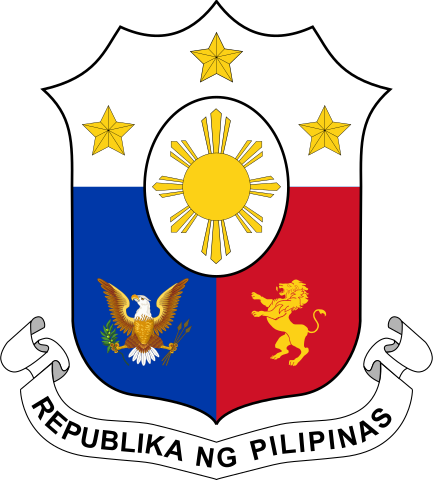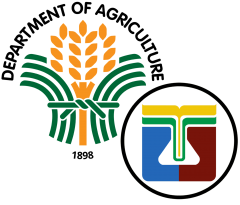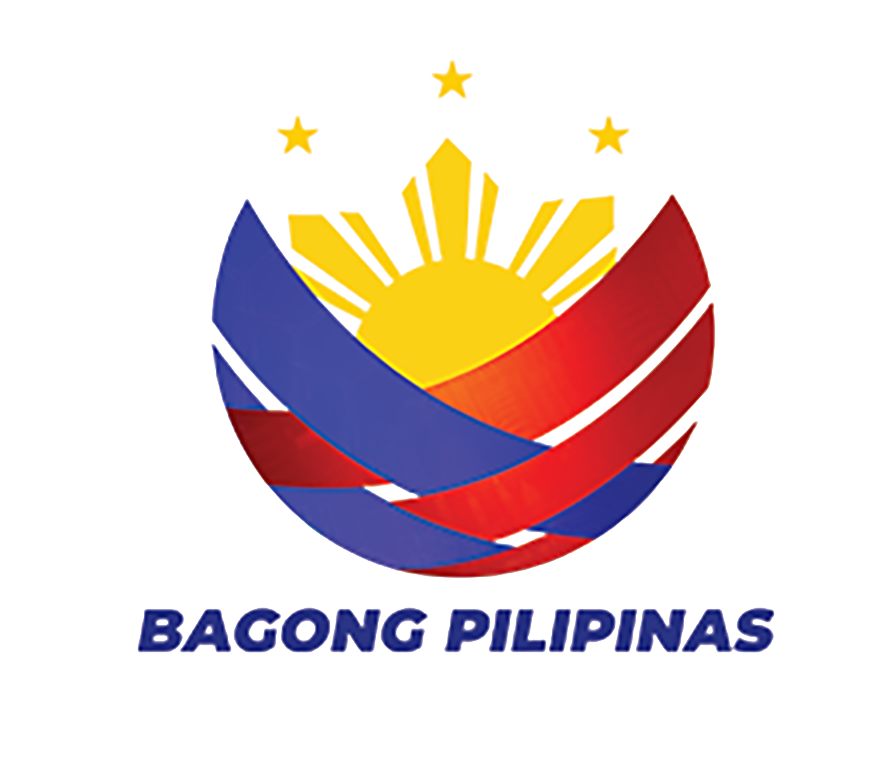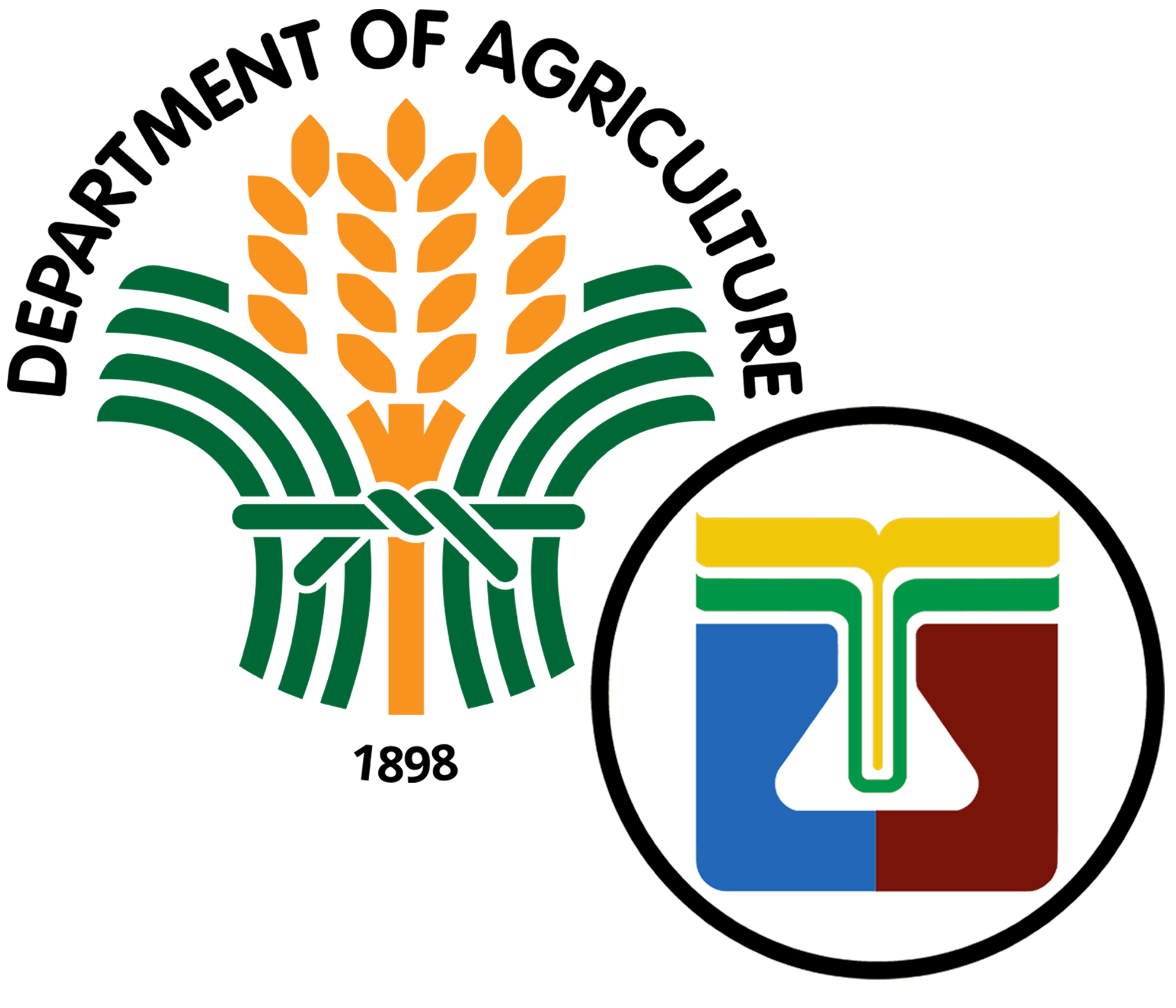Historical background of soil conservation farming
Since its establishment as a government organization in 1951, the promotion of soil conservation practices has been one of the core functions of the Bureau of Soil Conservation (the name by which the Bureau of Soils and Water Management was known when it was formally organized). However, substantial government support to encourage wider promotion of soil conservation farming only begun in 1989 through the Integrated Soil Conservation Land use Program for Guided Farm Project (ISCLUPGFP)which was funded bythe National Agricultural and Fishery Council (NAFC).Engr. Arnulfo B. Gesite, then one of the Supervising Agricultural Development Specialists of Soil Conservation and Management Division (SCMD), took the initiative to prepare the ISCLUPGFP Project Proposal while the whole SCMD organization, under the leadership of Engr. Conrado R. Martin who was then the Division Chief, spearheaded the project implementation. Eventually, the project radiated throughout the country providing valuable lessons to implementers of resource management initiatives. Truly, the promotion of ISCLUPGFP has provided the oppurtunity for the fine tuning and further development of soil conservation technologies – tasks that have become a part of the regular activities of the SCMD.
Why promote soil conservation?
The Philippines has a total land area of about 30 million hectares. More than one-half of this land area are found in the uplands and hilly lands (Adornado and Yoshida, 2008) where the slope is greater than 18 percent. In this landscape, soil erosion is a serious problem not only due to topographic reasons but more so because an estimated 17.8 million people are living in these areas (Cruz et. al., 1988; Pava et. al., 1993; Calanog and Calderon, 1990; Escano and Tababa, 1998 and Paningbatan et. al., 1992). Moreover, the frequent typhoons that visit the country, which are bringing heavier rains because of climate change, can further aggravate the worsening erosion problem.
With a continously growing population, human activities in the uplands are inevitable. For this reason, the adoption of ecologically sound land management practices has become emperative if the country is to meet the diverse needs of its people. In the uplands that now serve as food and income source to many Filipinos, soil conservation is essential in sustaining productivity. In the watershed of river systems, especially those that serve as catchment for irrigation projects (e.g. small water impounding projects or SWIPs, small farm reservoirs or SFRs, small diversion dams or SDDs), land use management is important for various reasons such as water supply stabilization, flood control, reduction of sediment load, biological diversity preservation, carbon sequestration and other relevant life support services.
What is SCGFSP?
The gains netted out of the ISCLUPGFP experience provided the momentum to pursue soil conservation further. The initiative has been institutionalized as one of the major undertakings of SCMD and has evolved to become the Soil Conservation Guided Farming System Project (SCGFSP). The SCGFSP is a land use management approach that integrates technologies attuned to the socio-economic conditions and physical characteristics and limitations of the upland areas. Its overarching goal is the sustainable utilization and development of the land and water resources. And while it proposes measures to protect the natural resource base, the creation of livelihood oppurtunities for the upland farmers is an important concern. Thus SCGSP involves the development of farming systems that adopts appropriate land uses, proper combination of crop and animal commodities, and the right mix of soil and water conservation practices.
An important function of the SCGFSP is to serve as technology demonstration and learning centers for farmersand other stakeholders. The implementation of this project aims to promote, disseminate, and create awareness and advocacies among farmers and other sectors of society on soil and water conservation with the purpose of encouraging replication and broader adoption.
While aiming to enhance the natural capital of the hinterlands, SCGFSP seeks to improve the overall socio-economic conditions of subsistence upland farmers. As the upland ecosystem becomes better, improved productivity is expected to be sustained through time. The stable production in turn ensures self-sufficiency in food and other basic necessities. With better income, farmers would be able to secure better clothing, housing, medical care and education for their children – all of these can contribute to the general improvement in the upland farmers’ quality of life. Furthermore, the multiplier effects of a vibrant rural economy will contribute to the growth of the national economy as a whole.
Where are we now?
At present, SCMD has 30 SCGFS project sites with anapproximate land area of 275 hectares. Some of these project sites are part of the BSWM interventions for the clean up, rehabilitation and restoration of Manila Bay. In the Pampanga River Basin, which is the largest watershed draining to Manila Bay, technology demonstrations were established in the following sites: Digdig SWIP, Carranglan, Nueva Ecija;Simimbaan SWIP, Cuyapo, Nueva Ecija; Sto. Nino SWIP, San Jose City, Nueva Ecija; Buted 1 SWIP, Talugtug, Nueva Ecija; Brgy. Liyang, Pilar, Bataan; Brgy. Salaylayan, Abucay, Bataan; Jala-jala,Tanay, Rizal; Brgy. San Roque, City of San Jose del Monte, Bulacan; Mt. Balagbag, Brgy. San Isidro, Norzagaray, Bulacan; Sitio Strabyal, Brgy. San Mateo, City of San Jose del Monte, Bulacan and Brgy. Kita-kita, San Jose City, Nueva Ecija.
Adaptors of soil conservation technologies continue to increase as more upland farmers are convinced of the benefits of improved income and better natural environment brought by conservation farming. As part of the strategy to encourage more SCGFSP adopters, SCMD is continuously conducting trainings for farmers and LGUs technical staff to capacitate them in implementing soil conservation farming.
Way Forward
It has been established that rural poverty is more severein areas with poor natural resources. For the sake of the many who are poor today and the generations that will come after them, combating land degradation now is a must. The SCMD is commited in this relevant effort as it aims to establish more SCGFSPs. And since this task is a huge one, the division will link with the various levels of the public and private sector in order to make this world a better one to live in. #edal #bmp



